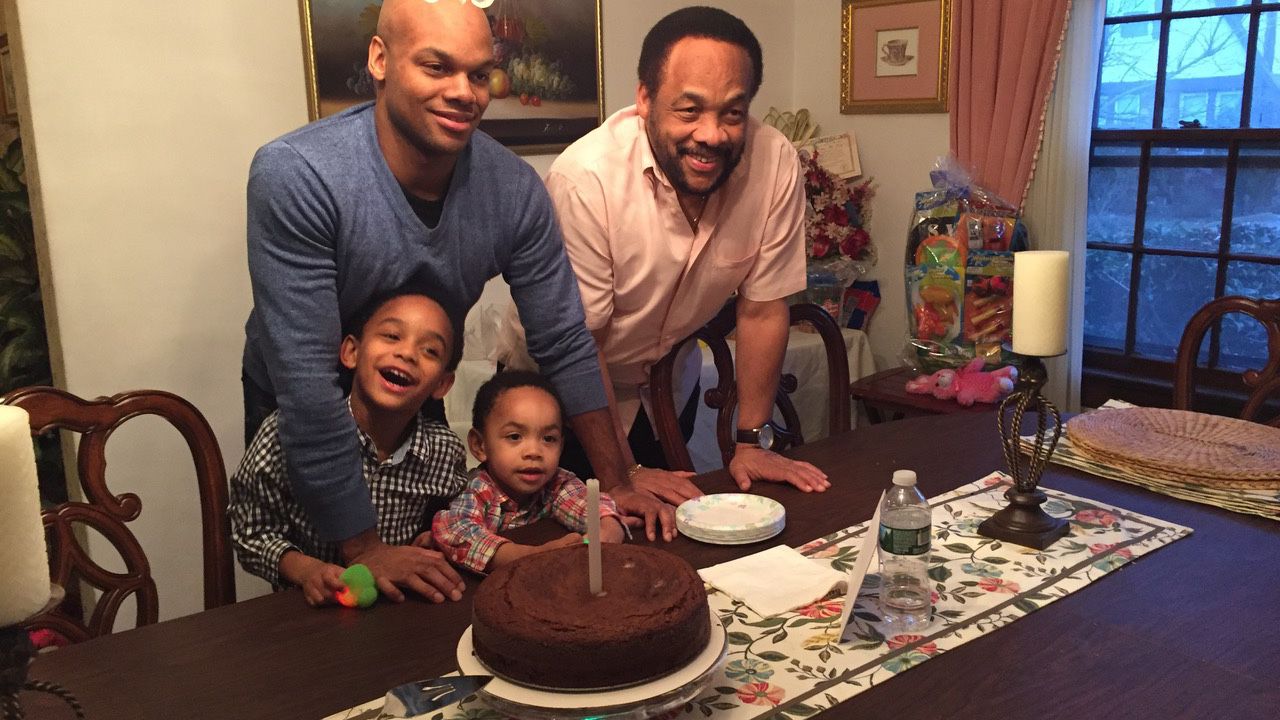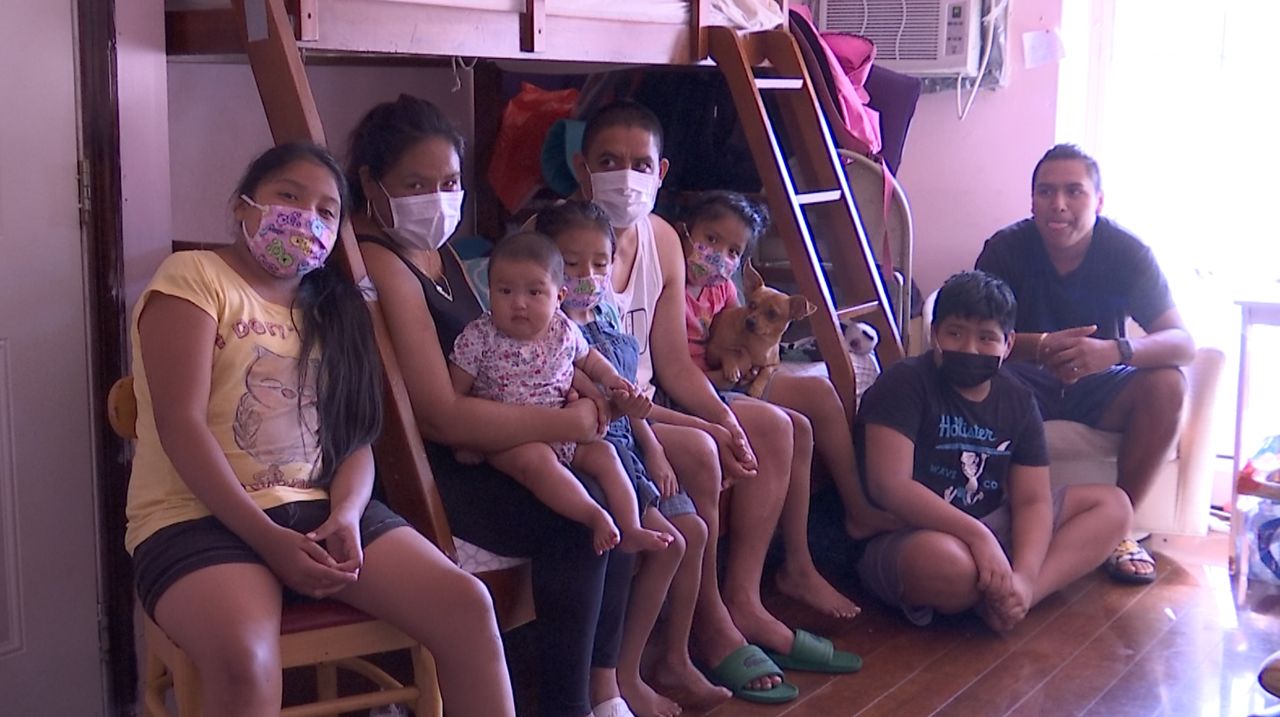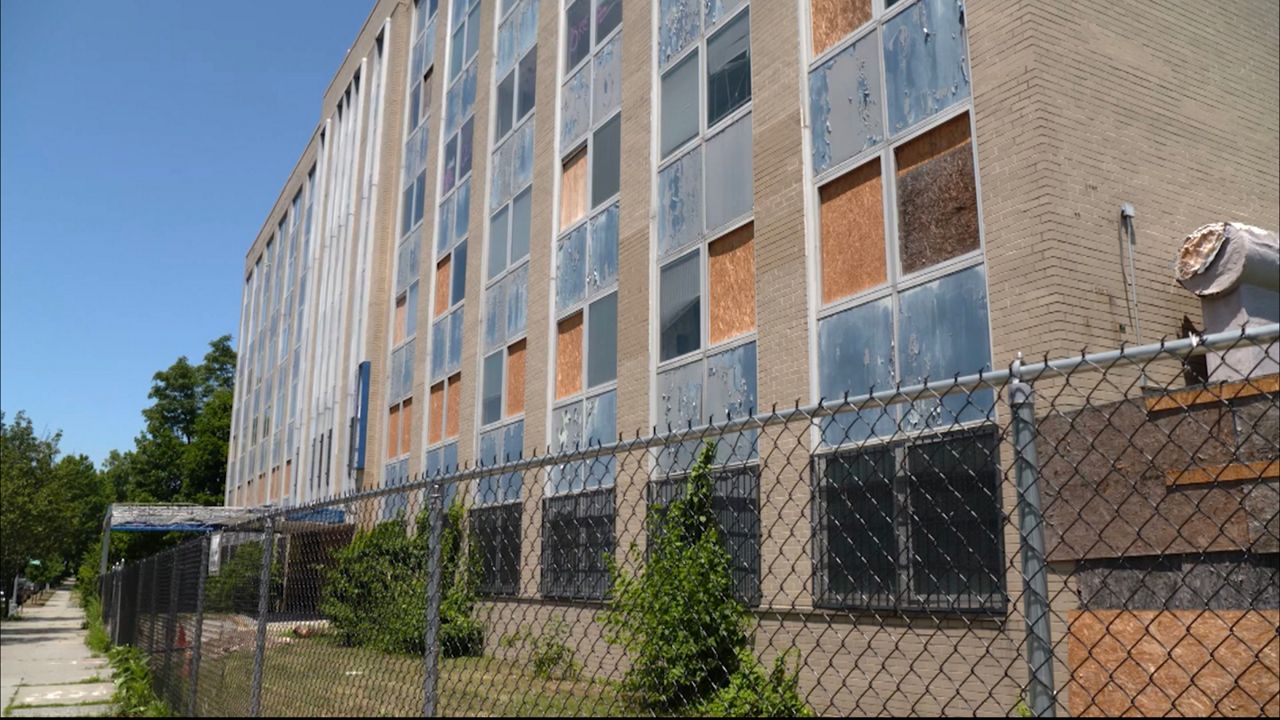Nick Sarchet knows crisis zones. He’s been on humanitarian missions to Africa during the Ebola outbreak and to refugee camps in Europe.
Then he came to New York City.
“The smell of the N95 took me right back to Sierra Leone,” he said.
Sarchet is a registered nurse from Michigan. He’s part of a small army of health care workers from around the country who head to disaster zones as part of International Medical Corps.
Only this time the disaster zone was Queens, where the humanitarian relief group erected emergency field tents and brought equipment and volunteers to both Jamaica and Flushing Hospitals.
With Ebola, the death toll made it hard to “stay in touch with the fact that these are all humans and not just stacks of bodies,” Sarchet said. “And I see the same thing happening here when we see refrigerated trucks that are full of corpses.”
Jeffrey Alpert is an emergency room doctor from Denver — and also a New York native. Alpert’s relief work has taken him to Haiti, Nepal, the Philippines and China.
"The problem here," he said, "is that there was a real risk of us becoming sick."
"You feel like you’re almost marinating in COVID because essentially every patient had it,” Alpert said.
Davis Perkins, a paramedic from Northern California, has volunteered in crisis zones from Iraq to Liberia.
So how does COVID-19 compare to Ebola?
Ebola didn’t hit nearly as hard and fast as coronavirus did at Jamaica Hospital.
“It would be gurney after gurney, backed up and moved into corners, and patients everywhere,” he said. "I can remember just taking deep breaths and going: This is apocalyptic.”
“In terms of the acuity of illness, I mean it was insane,” Alpert said. "I called it barely controlled chaos in the emergency room. The COVID patients -- so many of them were so sick, it was really shocking to me.”
International Medical Corps says its total deployment to New York City will number close to 50. While its volunteers are highly specialized, they haven’t been alone.
State officials say about 95,000 people signed up through its volunteer program, about a third of them from outside New York. So far, about 12,000 have been deployed around the state.
CORONAVIRUS
COVID’s Toll In NYC Was A Shock, Even To Crisis Workers
UPDATED 6:26 AM ET May. 01, 2020
PUBLISHED 3:49 PM EDT Apr. 30, 2020







